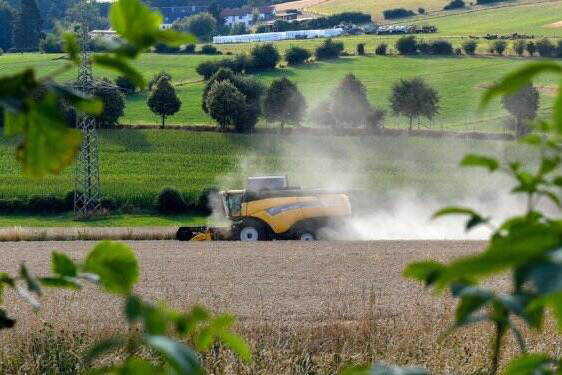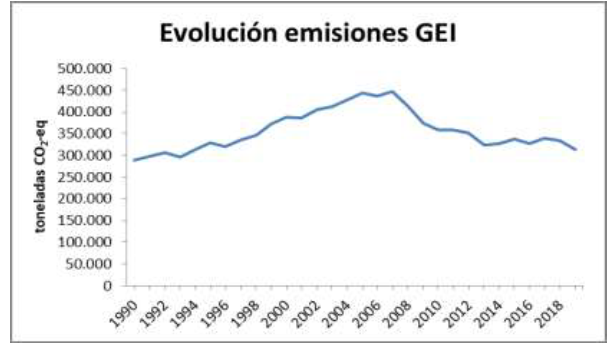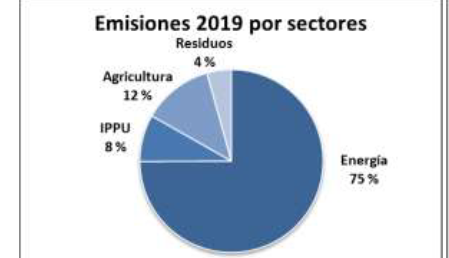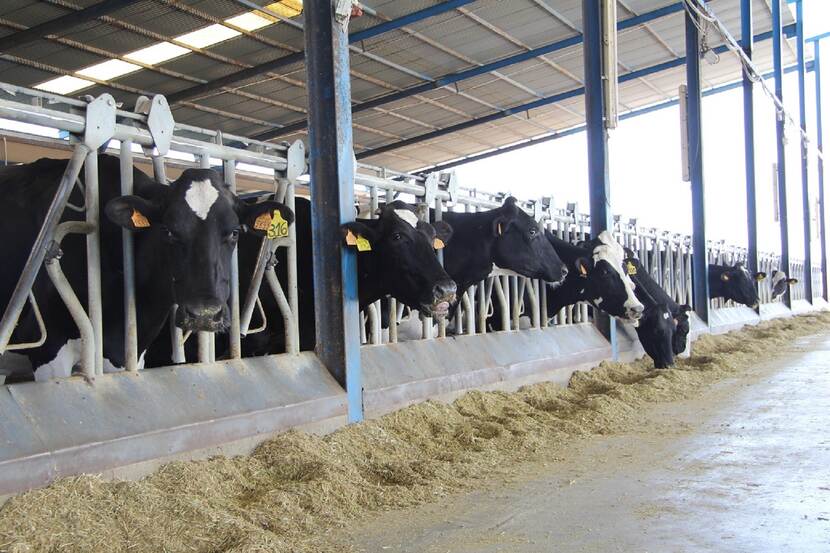Spain: GHG emissions from the agricultural sector fell by 1.4% in 2019
Preliminary data sent by the Spanish Government to Brussels show that national gross CO2 equivalent emissions were 6.2% less than in 2018. Emissions from crops fell by 1.4%, while those from livestock farming did by 0.4%.

The Ministry of Ecological Transition and Demographic Challenge has published the Advance Inventory of GHG (greenhouse gases) Emissions for 2019. It is estimated that gross CO2 equivalent emissions amounted to 313.5 million tons, a fall of 6.2% compared to the previous year (Fig. 1).

This overall decrease in Spain took place despite the fact that 2019 was a dry hydrological year, with a 27.6% drop in hydraulic production and in a favorable economic context - with a 2% growth in GDP - which shows a decoupling of emissions from economic growth.
Emissions by sector
Transport (Fig. 2) continues to be the largest emitter, accounting for 29% of total emissions in 2019, followed by industry (20.6%), electricity generation (13.5%), agriculture as a whole (12.5%), fuel consumption in the residential, commercial and institutional sectors (8.8%) and waste (4.3%).

GHG emissions from the agricultural and livestock sectors
The agricultural sector as a whole (12.5% of the country's total emissions) showed a decline of 1.4%. In the livestock sector (responsible for 67.2% of the sector's emissions), despite a slight increase in the number of animals, emissions fell by 0.4%, mainly due to a decrease in emissions from manure management (-1%) and from enteric fermentation (-0.1%).

Emissions from crops diminished by 3.4%, mainly due to the reduction of NO2 emissions from agricultural soil management because of a lower use of inorganic fertilizers (-3.2%) and CO2 emissions from the application of urea (12.4%).
Absorption associated with the LULUCF sector (land use, land-use change and forestry) has been estimated at 37.5 million CO2 equivalent emissions (corresponding to 12% of gross emissions in 2019). Compared with 2018, the absorptions have been lower (y-o-y variation of -1.6%). The decrease in the overall absorptions is linked to the forestry sector (-2% as a consequence of the decrease in the effect of reforestation on the increase in forest biomass) and, to a lesser extent, to the decrease in the area of pastureland.
Emissions from agricultural, forestry and fishing machinery (3.7% of total national emissions) were reduced by 1.3% in 2019, due to lower consumption of diesel.
Source: retema.es